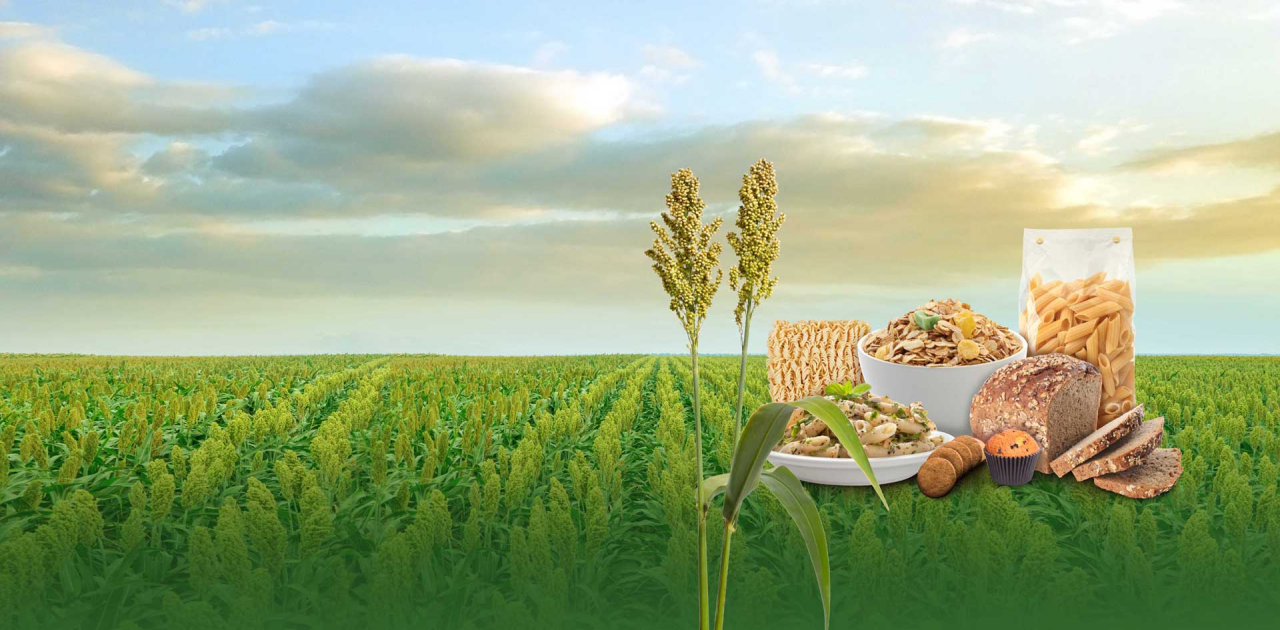Benefits of Indian Millets in a Diabetic Diet

Consumed by humans from the past 10,000 years, millets are coarse whole grains that come in various varieties. They are gluten free, but have goitrogens that can suppress thyroid function. They are high in protein, healthy fat, antioxidants, minerals, vitamins, phenolic compounds, and lignans. That is why they are a great inclusion in your diabetic diet.
Millets are known to prevent heart diseases, and some types of cancer, but due to the high presence of goitrogens, one should consume these in moderation.
Some common Indian Millets
Barnyard millet (Kuthiraivali)
Brown top millet
Finger millet (Ragi)
Foxtail millet (Thinai)
Kodo millet (Varagu)
Little millet (Samai)
Pearl millet (Kambu)
Proso millet
Sorghum
Research suggests that Indians are more prone to diabetes and its complications due to the use of refined cereals in their diet. With consumption of refined cereals, most of the energy comes from carbohydrates, and fat.
Millets are rich in dietary fiber and protein. That is why the sugar levels after two hours of consumption of millets are significantly lesser when compared to refined cereals. Additionally, certain anti-nutritional factors present in millets delay and reduce starch digestion as well as absorption. This makes it ideal for a diabetic diet.
Benefits of millets in a diabetic diet
Millets are Gluten free
Have anti acidic properties
Reduces high blood pressure
Promotes immunity
Improves function of liver, kidney, & respiratory system
Known to prevent heart diseases
Detoxifies the body
Prevents certain cancers
Reduces gastric disorders (especially side effects of using metformin)
Promotes gut bacteria
Prevents constipation
Vitamin B3 in millets reduce cholesterol, C – reactive protein, & triglycerides
Promotes serotonin and reduces mood disorders
Magnesium in millets reduces risk of heart attacks
